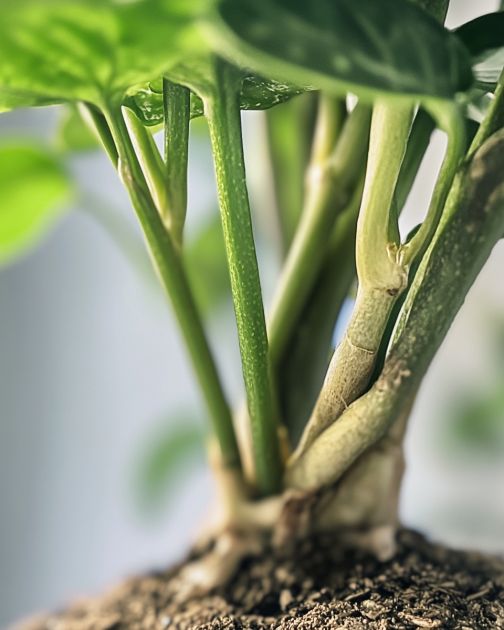Plant propagation is a fascinating aspect of horticulture that allows gardeners and plant enthusiasts to multiply their favorite plants. There are several methods of propagation, each with its unique techniques and benefits. Among these, cuttings and division are two popular methods that are often discussed and sometimes confused. While both are used to propagate plants, they are distinct processes with different applications and outcomes. Understanding these methods can help you choose the best approach for your gardening needs.
Understanding Plant Cuttings
Cuttings involve taking a piece of a plant, such as a stem, leaf, or root, and encouraging it to grow into a new plant. This method relies on the plant's ability to regenerate roots and shoots from the cutting. Cuttings are commonly used for plants that root easily, such as many houseplants, herbs, and woody shrubs. The process typically involves selecting a healthy section of the plant, cutting it at an appropriate angle, and placing it in a suitable growing medium to encourage root development.
Advertisement
Exploring the Division Method
Division is a propagation method that involves separating a plant into multiple parts, each with its own root system. This technique is often used for perennials, grasses, and bulbs that naturally form clumps or offsets. Division is usually done when a plant becomes too large for its space or needs rejuvenation. The process involves carefully digging up the plant, gently separating the root mass, and replanting the divisions in new locations. This method not only propagates new plants but also helps maintain the health and vigor of the original plant.
Key Differences Between Cuttings and Division
While both cuttings and division are propagation methods, they differ significantly in their approach and application. Cuttings involve regenerating a new plant from a part of the original plant, often without roots, whereas division requires an existing root system for each new plant. Cuttings are more suitable for plants that can easily root from stems or leaves, while division is ideal for plants that naturally grow in clumps or have multiple crowns. Additionally, cuttings can be done year-round, depending on the plant, while division is often best performed during specific seasons, such as spring or fall.
Advantages and Disadvantages of Cuttings
The primary advantage of cuttings is that they allow for the rapid multiplication of plants, especially those that root easily. This method can be done with minimal disturbance to the parent plant and is often less labor-intensive than division. However, cuttings can be more challenging for plants that do not root readily, and there is a risk of failure if conditions are not optimal. Additionally, cuttings may take longer to establish compared to divisions.
Pros and Cons of Division
Division offers the advantage of producing new plants that are already mature and capable of blooming sooner than those grown from cuttings. It also helps maintain the health of the parent plant by preventing overcrowding. However, division can be labor-intensive and may cause stress to the plant if not done carefully. It is also limited to plants that naturally form clumps or offsets, making it unsuitable for many species.
Common Misconceptions About Propagation Methods
One common misconception is that cuttings and division are interchangeable methods that can be used for any plant. In reality, each method is suited to specific types of plants and situations. Another misconception is that cuttings are always easier than division, but this depends on the plant species and the gardener's experience. Understanding the unique requirements and benefits of each method can help dispel these myths.
How to Choose the Right Method for Your Plants
Choosing the right propagation method depends on the type of plant you are working with and your specific goals. Consider the plant's growth habits, the time of year, and your experience level. For plants that root easily from cuttings, such as succulents or certain shrubs, cuttings may be the best choice. For perennials or grasses that form clumps, division is often more effective. Researching the specific needs of your plant species can guide you in selecting the most appropriate method.
Expert Opinions on Cuttings vs Division
Experts in horticulture emphasize the importance of understanding the biology and growth patterns of plants when choosing a propagation method. They note that while both cuttings and division have their place in gardening, the choice should be based on the plant's natural characteristics and the gardener's objectives. Experienced gardeners often use a combination of methods to achieve the best results, taking advantage of the strengths of each approach.
Advertisement
Conclusion: Are They Really Distinct?
In conclusion, cuttings and division are indeed distinct propagation methods, each with its own techniques, applications, and benefits. While they both serve the purpose of multiplying plants, their differences in approach and suitability for various plant types highlight the importance of understanding each method. By recognizing these distinctions, gardeners can make informed decisions and successfully propagate their plants, enhancing their gardening experience.

